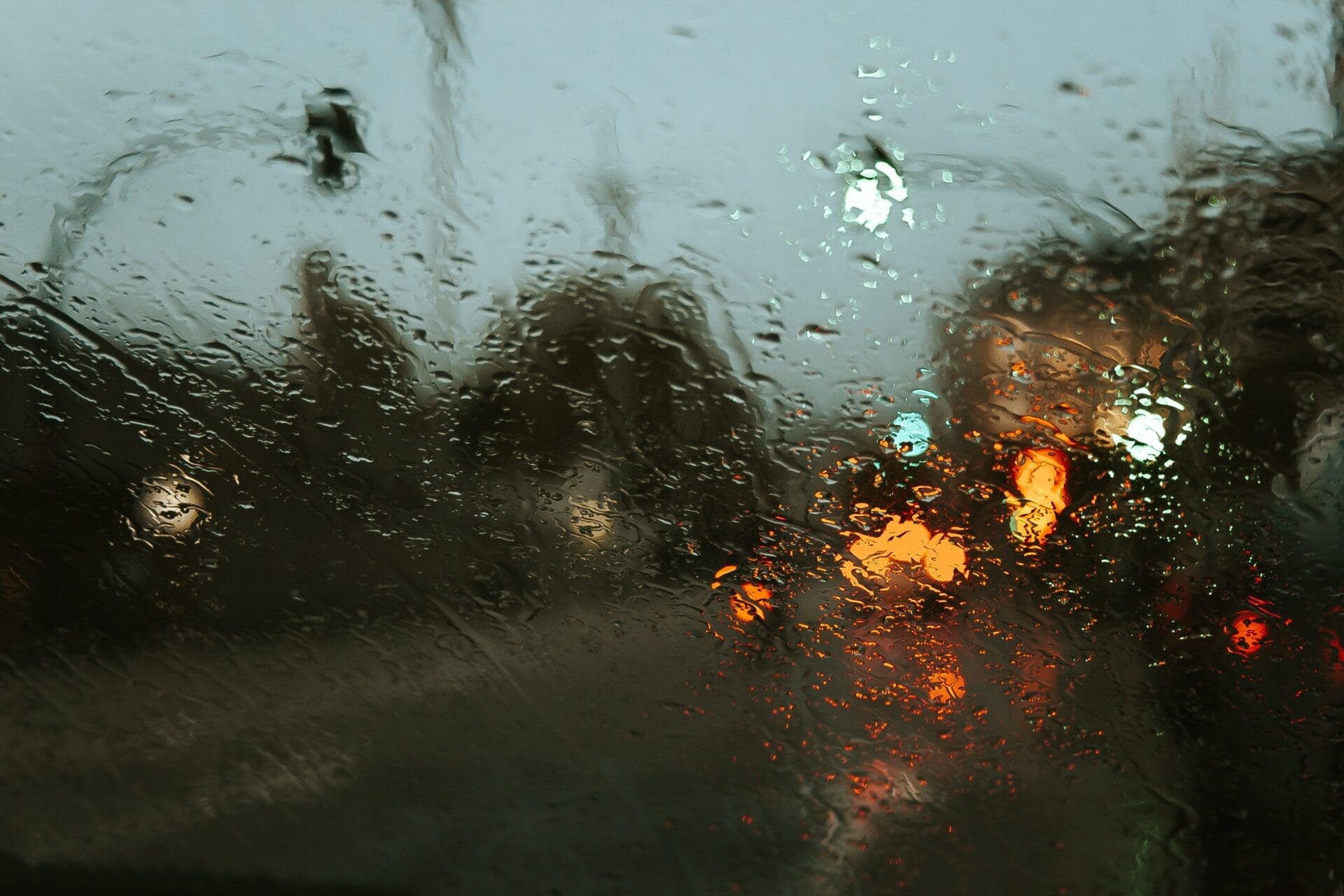Preparation Before Locating an Underground Water Line
It is important to take the necessary steps before attempting to locate an underground water line. First, it is essential to research any available utility maps or drawings of the area in which you will be working. These can help you pinpoint the exact location of a water line and what type of pipe it is made from. Additionally, it is important to ensure that all safety protocols are followed when attempting to locate a water line. This includes wearing appropriate personal protective equipment such as gloves, goggles, and protective clothing. Finally, it is important to contact the local utility provider to confirm that the water line has been marked and that no additional utility lines are present in the area.Once all safety precautions have been taken and the necessary documents have been obtained, a professional locator can begin locating the underground water line. The most common method for locating an underground pipe is ground-penetrating radar (GPR). This method uses electromagnetic waves to penetrate through soil and other materials to detect changes in electrical conductivity that indicate a buried pipe or other object. Other methods such as acoustic listening devices may also be used depending on the type of pipe being located and other factors.
After locating the water line, it is important to make sure that all digging takes place at least 10 feet away from its exact location in order to avoid damaging it or any other utilities in the area. Additionally, if excavation must take place near a water line, using a hand shovel instead of power equipment can help reduce potential damage and disruption to nearby utilities.
Understanding the Basics of Underground Water Line Location
Locating underground water lines is an essential part of any construction project. Knowing where these lines are located can help you avoid costly repairs and potential safety hazards. Understanding the basics of underground water line location can help you make sure that your project is done safely and efficiently.The first step in locating underground water lines is to determine the exact location of the lines. This can be done by using a variety of methods, such as surveying or using a locator device. Once the exact location has been determined, it is important to mark the area accordingly so that no one accidentally damages or disrupts the water line.
Once the exact location has been marked, it is important to ensure that any excavation or construction work does not interfere with the water line. Before any digging takes place, it is important to check with local authorities and utilities to make sure that no permits are needed for excavation in this area. Additionally, it is important to use caution and common sense when working around any underground utilities, as these could be damaged by careless digging or excavation.
Finally, once all necessary precautions have been taken and all permits obtained, it is time for excavation work to begin. It is important to stay at least two feet away from any underground utility lines while excavating so as not to disturb them. It is also important to take extra care when working near buried power lines or other dangerous utilities.
By understanding the basics of underground water line location, you can ensure that your project is done safely and correctly. By taking all necessary precautions and obtaining all necessary permits before beginning work, you can make sure that your project goes smoothly without damaging any underground utilities in the process.
What to Expect When Searching for an Underground Water Line
Searching for an underground water line can be a daunting task, but understanding the process and what to expect can make it a little easier. First, it is important to determine what type of water line you are searching for. In most cases, the water line will be either copper or polyethylene. Knowing the type of pipe can help narrow down your search and make it easier to determine where the water line is located. Once you have identified the type of pipe, you can begin your search for the underground water line.The next step is to determine if there are any existing records or documents that may show where the underground water line is located. Many cities and towns have detailed records showing exactly where their utilities are located, so checking with your local municipality may be helpful in locating your water line. If there are no records available, you will need to use other methods such as ground detection equipment or digging to locate the line.
Once you have determined where the underground water line is located, it is important to take steps to ensure you do not damage it while completing any excavation work. This means taking extra care when digging around it and using caution when handling any heavy equipment near the area. Additionally, be sure to contact local utility companies if you need help locating or repairing a damaged section of pipe. Taking these precautions can help ensure that no further damage is done to the underground water line while completing work in the area.
Advantages of Using Ground Penetrating Radar to Find an Underground Water Line
Ground penetrating radar (GPR) is a powerful tool for detecting and locating underground water lines. This type of radar uses electromagnetic waves to penetrate the ground and detect objects beneath the surface. The advantages of using GPR for finding an underground water line include its accuracy, ease of use, and safety.One of the main advantages of using GPR to find an underground water line is its accuracy. The electromagnetic waves that are used by GPR can detect objects with great precision and detail. This allows it to accurately determine the location and depth of any underground objects, including water lines. Additionally, GPR is effective in both dry and wet conditions, making it suitable for use in almost any environment.
Another advantage of using GPR to find an underground water line is its ease of use. Unlike other methods such as excavation or sonar, GPR requires minimal equipment and can be quickly set up on-site. Additionally, as no digging or disruption is necessary with GPR, it can be used in areas where excavation would otherwise be difficult or impossible.
Finally, using GPR to find an underground water line is a much safer option than other methods such as excavation or sonar. As no digging or disruption is necessary with GPR, there are no risks associated with disturbing buried infrastructure such as pipes or cables. Additionally, the electromagnetic waves used by GPR are completely safe and pose no risk to anyone nearby.
Overall, ground penetrating radar offers many advantages when it comes to finding an underground water line. Its accuracy, ease of use, and safety make it a reliable tool for locating buried infrastructure without disruption or risk.

Can I Use Vinegar to Help Locate an Underground Water Line?
Using vinegar can help in locating an underground water line due to its ability to react with minerals. However, understanding the difference between white and distilled vinegar is crucial. White vinegar is more acidic, making it potentially more effective in dissolving mineral deposits compared to the milder distilled vinegar.
Can Knowing How to Find an Underground Water Line Help in Obtaining a Distilling License in Canada?
Knowing how to find an underground water line can significantly streamline the steps to obtain a distilling license in canada. Access to quality water is essential for distillation processes, and demonstrating water sourcing capabilities may enhance your application, showcasing your preparedness and compliance with regulatory requirements.
Utilizing Existing Maps and Records to Locate an Underground Water Line
Locating an underground water line can be a difficult task. Fortunately, utilizing existing maps and records can make the process easier. Before beginning the search, it is important to have an idea of where the line is located. This can be done by talking to local utility companies or surveying the area for clues.Once a general location of the line is known, gathering any available maps and records can help narrow down its exact location. These documents may include utility plans, surveys, drawings, or records from previous installations or repairs in the area. It may also be helpful to look at aerial photographs of the area from different periods in time to see if there are any changes that could indicate the presence of a water line.
In addition to maps and records, it is important to consider other factors when locating an underground water line. The terrain of the land should be taken into account as well as any potential hazards that could interfere with the search process such as traffic or other structures in the area. It may also be necessary to assess any potential environmental impacts that could result from disturbing the ground during a search for an underground water line.
Utilizing existing maps and records is one way of making it easier to locate an underground water line. It is important to remember that this process does not always guarantee success so other methods such as using electromagnetic induction or ground-penetrating radar may need to be employed if necessary.
Common Tools Used to Locate an Underground Water Line
Locating an underground water line can be a difficult task. In order to accurately find the line, there are several common tools that can be used. These include ground penetrating radar (GPR), sewer cameras, and metal detectors. GPR is a non-invasive tool that uses radio waves to detect changes in the subsurface composition. This tool can be used to detect objects such as pipes, cables, and other infrastructure buried below the surface. Sewer cameras are inserted into existing access points and used to find any buildups or breaks in the pipe. Metal detectors are also used to detect metal objects located beneath the ground surface, such as water lines. All of these tools can help locate an underground water line quickly and accurately.In addition to these common tools, there are other methods that can be used for locating underground water lines. These include acoustic listening devices, which use sound waves to detect changes in the subsurface composition; ground-probing radar (GPR), which uses radar signals to detect objects buried beneath the surface; and electromagnetic imaging (EMI), which uses electromagnetic radiation to detect changes in underground structures such as pipes or cables. All of these methods provide accurate results when locating an underground water line.
Steps for Tracing an Existing Water Line
Tracing an existing water line requires some investigative work to find the location of the line. You’ll need to identify the starting point of the water line and trace it back to its source. Here are the steps you should take to locate an existing water line:1. Locate any visible pipes that may be connected to the water line. This could include above-ground pipes, or pipes that can be seen through walls or floors. Make sure to note their location and direction so you can track them back to their source.
2. Use a plumbing snake or other tool designed for plumbing investigation to locate any hidden pipes that may be part of the water line. If you don’t have access to a plumbing snake, you can use a metal detector or other locating device instead.
3. Follow each pipe back to its source until you find where it connects with the main water supply line. The main supply line will be marked with a specific color code, usually blue for cold water and red for hot water.
4. Once you’ve located the main supply line, trace it back from its source until you find where it connects with the existing water line. Be sure to note all junctions and connections as you go along so you can properly map out the entire route of the existing water line.
5. Once you have successfully traced the entire route of the existing water line, mark each junction and connection on a diagram or map as reference points in case you need them in future investigations.
Following these steps should help accurately locate an existing waterline so that repairs and maintenance can be performed in a timely manner. Knowing where your residential and commercial plumbing systems are located is essential in keeping them running properly for years to come!


